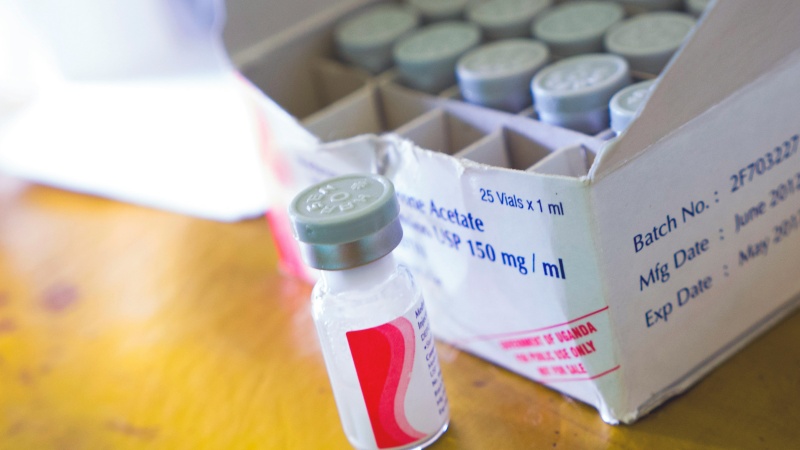Understanding medicine information accurately is essential for effective healthcare.
Incorrect or inadequate knowledge about medications and drug information can lead to severe consequences, making it critical for consumers to identify and comprehend the details provided on medicine packaging and accompanying documents.
This guide outlines the various aspects of medical information that are crucial for ensuring safe usage.
Basic information on medicine packaging
Medicine packaging is your first point of contact with any pharmaceutical product and contains vital data:
- Medicine names: Differentiate between generic names and brand names, understanding that the same medication might appear under several labels.
- The FDA ensures that all medicine packaging meets strict regulatory standards to guarantee safety and efficacy.
- Manufacturer details: Recognize reputable manufacturers by their branding and certifications displayed on the packaging.
- Batch numbers and manufacturing Dates: Learn how to locate and interpret these figures, which can be crucial in the event of a product recall.
- Expiration date: This is crucial for safety; expired medications can be ineffective or dangerous.

Key details in medicine leaflets, including drug interactions
The leaflet inside a medicine’s packaging offers comprehensive information about the drug:
- Active ingredients: Know what the active chemical substances are and their concentrations.
- Indications: Understand what the medicine is used for and its therapeutic effects.
- Dosage instructions: Follow the guidelines for how much and how often to take the medicine.
- Side effects and contraindications: Pay attention to potential adverse effects and conditions under which the drug should not be used.
- Drug interactions: Be aware of how the medicine may interact with other drugs you are taking.
Health professionals rely on this detailed information to provide safe and effective treatment plans.
Differences in packaging information between prescription and over-the-counter medicines
Prescription and over-the-counter medicines have distinct packaging requirements to ensure patient safety. Prescription drugs often have more detailed information, including specific dosage instructions, potential side effects, and warnings. OTC medications, while still providing essential information, may have more simplified labeling due to their generally lower risk profile.
Methods to authenticate medicines
Authenticating medication is critical to avoid counterfeit products:
- Packaging inspection: Look for security features like holograms, seals, and high-quality printing to confirm authenticity. This is especially important for dietary supplements, which can be prone to counterfeiting.
- Verification of approval numbers: Match the drug’s registration number with those listed on official health regulatory websites.
- Barcodes and QR codes: Use scanning technologies to verify medicine information through official pharmaceutical apps or websites.

Using digital tools and resources
Several electronic resources can help verify and understand medical information:
- Pharmaceutical apps and websites: Utilize these tools to search for detailed drug data, including usage, side effects, and manufacturer information.
- Official databases: Visit the websites of national medicine regulatory authorities to obtain accurate and reliable information.
These resources make it easier to find information on a wide range of medications.
Considerations when purchasing medicines from health professionals
Where and how you buy your medications can also affect the reliability of the medicine information:
- Choose official outlets: Compare buying from physical pharmacies, hospital dispensaries, and reputable online pharmacies.
- FDA-approved labeling is crucial for both medicines and food products to ensure consumer safety.
- Verify seller credentials: Ensure that the seller is licensed and authorized to sell medications.
- Keep purchase records: Retain receipts and any other purchase documentation for future reference or in case of issues.

Conclusion
Accurately identifying medical information is a fundamental aspect of healthcare that ensures safety and effectiveness in treatment. Staying updated with the latest news on drug approvals and safety alerts is also essential.
By understanding the details of any type of medicine packaging, utilizing digital tools for verification, and purchasing from reputable sources, consumers can protect themselves from potential health risks.
Always remain vigilant and proactive in confirming the authenticity and appropriateness of your medications, as accurate medical information is the cornerstone of safe medication practices.
Pharmaceutical labeling can be a bridge between medicine companies and consumers. Our pharma labeling machine can help, and we provide:







